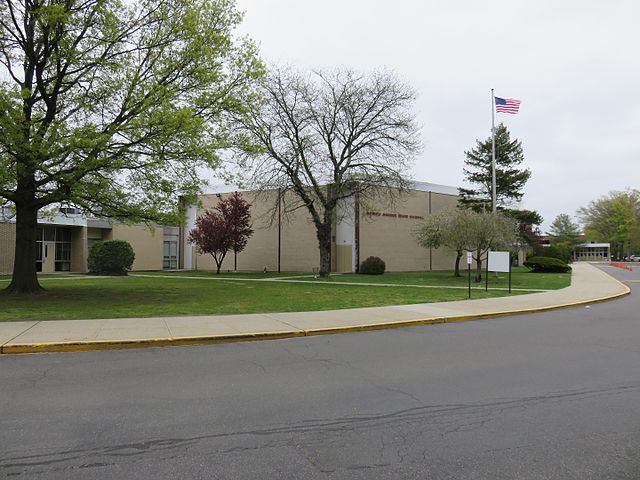
The North Shore Board of Education took on the role of lecturers as they explained what a capital reserve is during a meeting on Thursday.
The board said there have been misunderstandings over the capital reserve and its procedures. Their presentation aimed to clarify and explain why they think it may be a useful tool.
Over the coming months, the district will speak with community members to establish immediate and long-term infrastructure needs. The board did not offer an exact timeline on when residents may vote on a potential capital reserve.
James Pappas, assistant superintendent for business, said a capital reserve can pay for larger-scale projects.
“Many projects are too big to fund in one, single year,” he said. “So you utilize a capital project and you fund a portion of a certain project or many projects over a number of years and you do them as you create enough funding or save enough funding to do those projects. Then you move forward and you start to do those projects.”
Pappas said that by planning, the district can complete projects without having to resort to borrowing.
Voters must approve the creation of a capital reserve. The proposal must specify the goal of the fund, its maximum amount, its use and where the money will come from. Additionally, the district may only fund the purposes for which voters established the capital reserve. The district can fund other purposes with voter approval.
Budgetary appropriation or transfer from the fund balance, transfer from the unused share of a before-formed capital reserve or transfer from another established reserve where the school board has the power to transfer may fund a capital reserve.
The district most recently established capital reserves in 2008 and 2016. They both included several projects that could be financed over a 10-year period, which is a typical funding duration.
Superintendent Christopher Zublionis said a capital reserve wouldn’t incur any extra expenses on the taxpayer.
“It’s a public process that involves working off of an initial list that we’ve developed that we do currently have based on recent information from construction we’ve done, from the input we’ve gotten from some of our committees,” he said. “But we need to keep that process going to get additional feedback from the public, meet with stakeholder groups and we would also need to get more committee input from committees.”
After discussions on the capital reserve concluded, the board later approved their district goals for the year.
The first is an evaluation of the instructional strategies. This entails assessing the effectiveness of the 2018–2023 strategic plan and creating a framework for a new long–term strategic plan. They will review district programs and examine all curricular progressions and course offerings.
The second has to do with financial and strategic budgeting. This calls for reducing the financial difficulties brought on by the Long Island Power Authority/Nassau County settlement. They will review the district’s infrastructure requirements and investigate the possibility of creating a capital reserve.
Finally, the district will work to increase community outreach and involvement. This calls for reviewing all committees and proposing new rules and regulations to improve community involvement and ongoing transparency.






